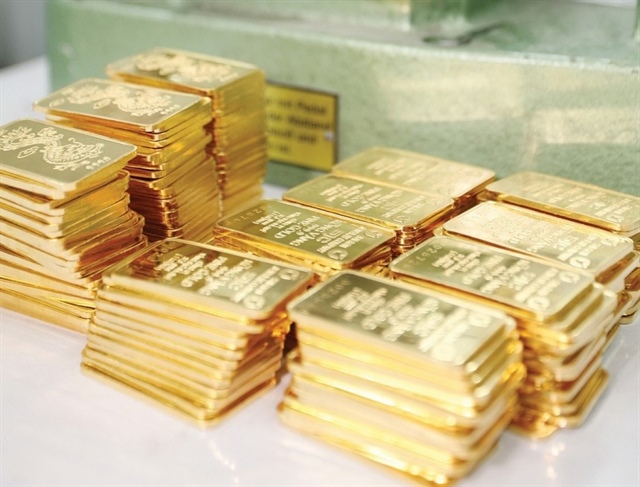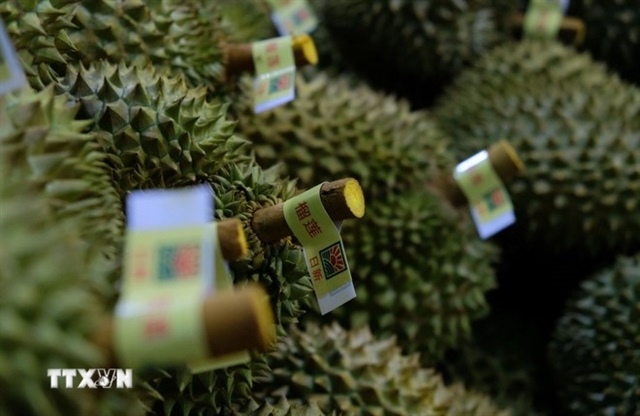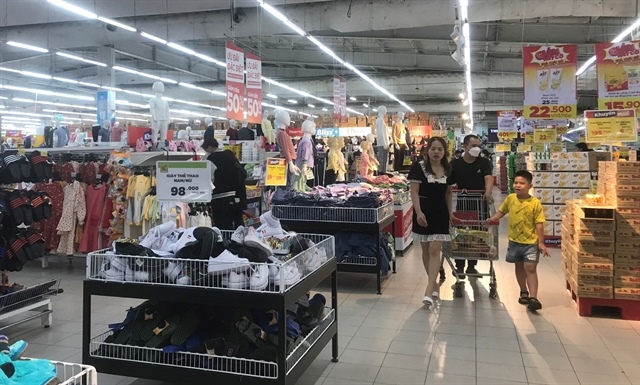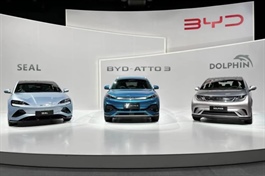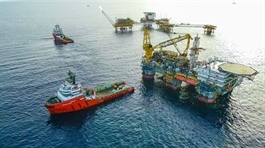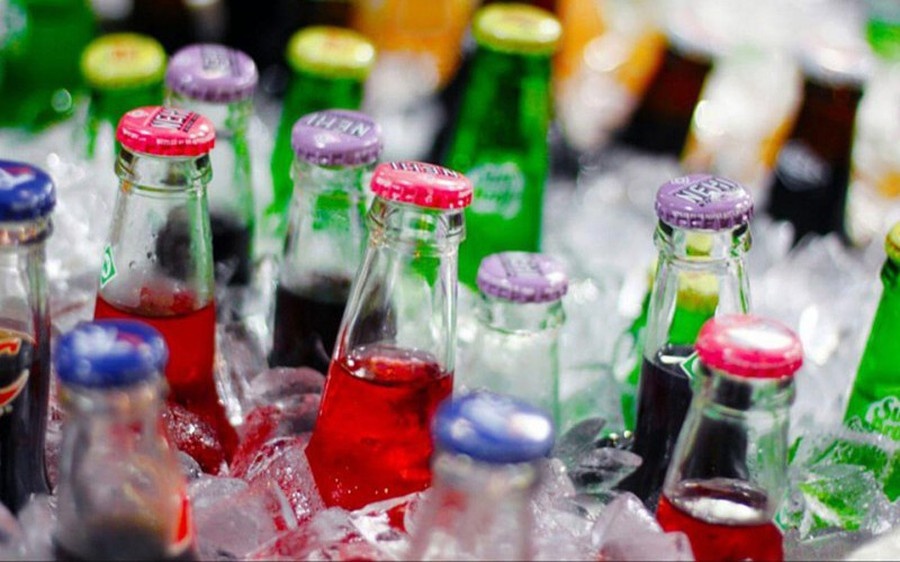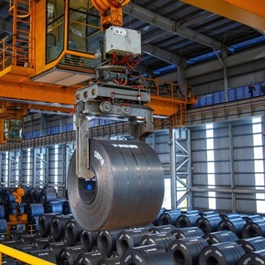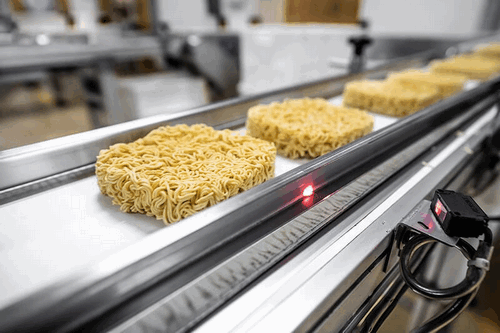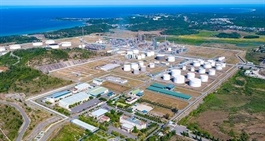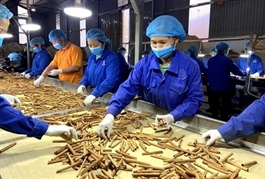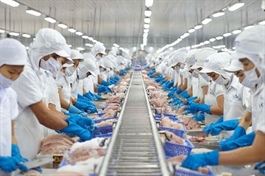Businesses anticipate green light for fertiliser VAT switch
Businesses anticipate green light for fertiliser VAT switch
Domestic fertiliser producers will have opportunities to capture market share if the proposal to apply a new VAT rate on fertiliser is approved.
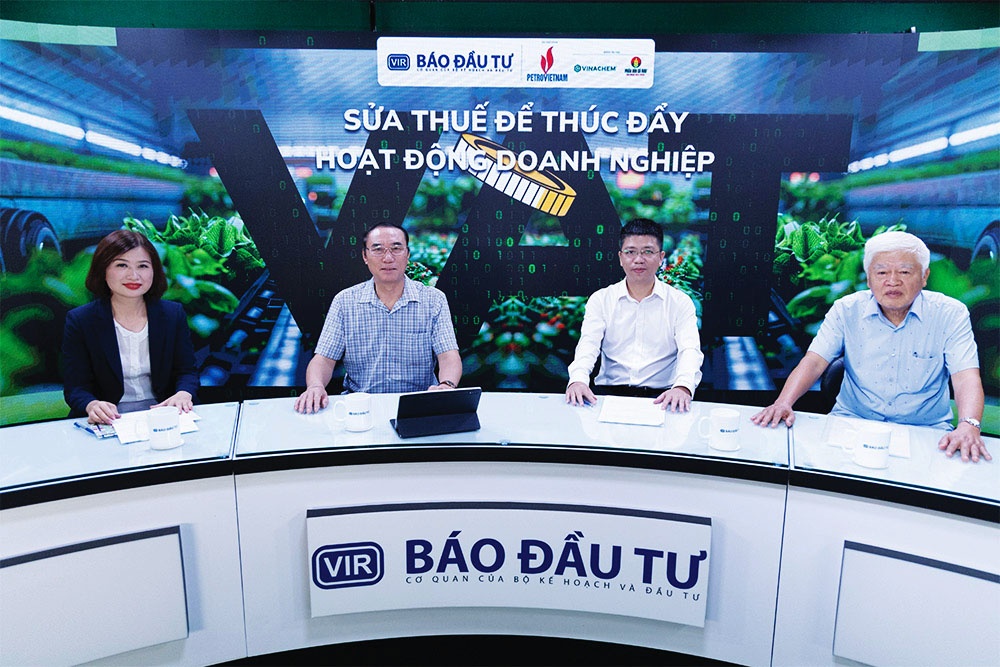
At the National Assembly (NA) Standing Committee’s working agenda in Hanoi on June 11, one of the most discussed issues was the proposal to apply a 5 per cent VAT rate on fertiliser under the amended law on VAT.
The Ministry of Finance first proposed the move in January, in a departure from the current tax-exempt status outlined in the VAT Law. The amended law is scheduled to be passed at the eighth meeting of the NA in October.
Before 2015, when the VAT rate for fertilisers was 5 per cent, the company could still deduct taxes when carrying out investment activities, purchasing, and paying costs. However, after a new law took effect in 2015, fertilisers were no longer subject to VAT, so the business could no longer claim a refund of this tax difference.
“This amended law benefits foreign producers when exporting fertilisers to Vietnam without having to bear VAT costs and affects domestic manufacturers. Another problem is that Vietnam imports a significant amount of fertiliser every year, mostly from countries which impose VAT on fertiliser,” said Nguyen Van Phung, former director of the Large Enterprise Tax Administration Department, under the General Department of Taxation.
“This means that exporters will get an input VAT tax refund when exporting to Vietnam, allowing them to lower prices by an estimated 5-8 per cent,” Phung added.
Statistics from the General Department of Customs showed that Vietnam imported nearly 4.12 million tonnes of fertilisers in 2023, worth $1.41 billion, representing a rise of 21.3 per cent in volume but a fall of 12.8 per cent in value from 2022. Average import fertiliser prices were $343 per tonne in 2023, 28 per cent lower than a year ago.
In the first three months of 2024, the country imported over 1.12 million tonnes of fertiliser, valued at nearly $352 million, with an average price of $315 per tonne.
Vietnam imports fertiliser mainly from China and Russia, which together account for 60 per cent of the country’s import value. Fertilisers are subject to 11 per cent VAT in China, which is proposed to be reduced to 9 per cent, and 20 per cent in Russia.
“The absence of VAT on fertilisers for many years has prevented domestic producers from declaring and deducting input VAT. The non-deduction of VAT for machinery, equipment, and installation leads to an increase in total investment, reduces project efficiency, and makes businesses hesitant to invest in new projects for new-generation and high-tech fertilisers,” said Nguyen Hoang Trung, deputy general director of Vietnam National Chemical Group (Vinachem).
The fertiliser industry scale is estimated at over $4.15 billion per year, thus, with non-deductible VAT at 5 per cent, manufacturers have to bear $125-165 million per year. For Vinachem particularly, the company’s input VAT which is not deducted is estimated to be $416.7 million during nearly 10 years of the absence of VAT.
“The fertiliser production process includes chemicals, thus, the ideal equipment lifecycle is 15-20 years. Thus, if the VAT Law is amended, it is an important motivation for businesses to invest in building new-generation, high-tech fertiliser production lines with better quality and more environmentally friendly. As a result, the manufacturers will have opportunities to capture the market shares thanks to the good products with the competed selling prices,” Trung said.
Vinachem fertiliser is produced from the main source in Lao Cai province, the only phosphate ore mine in Vietnam with high quality. Thus, if the domestic fertiliser sector has growth opportunities, it will create better conditions to foster the development of the supporting sector of the mining industry, Trung added.
“In addition, farmers will also enjoy benefit when domestic fertiliser businesses produce stably and efficiently, enabling them to lower costs and reduce selling prices to farmers,” Trung said.


